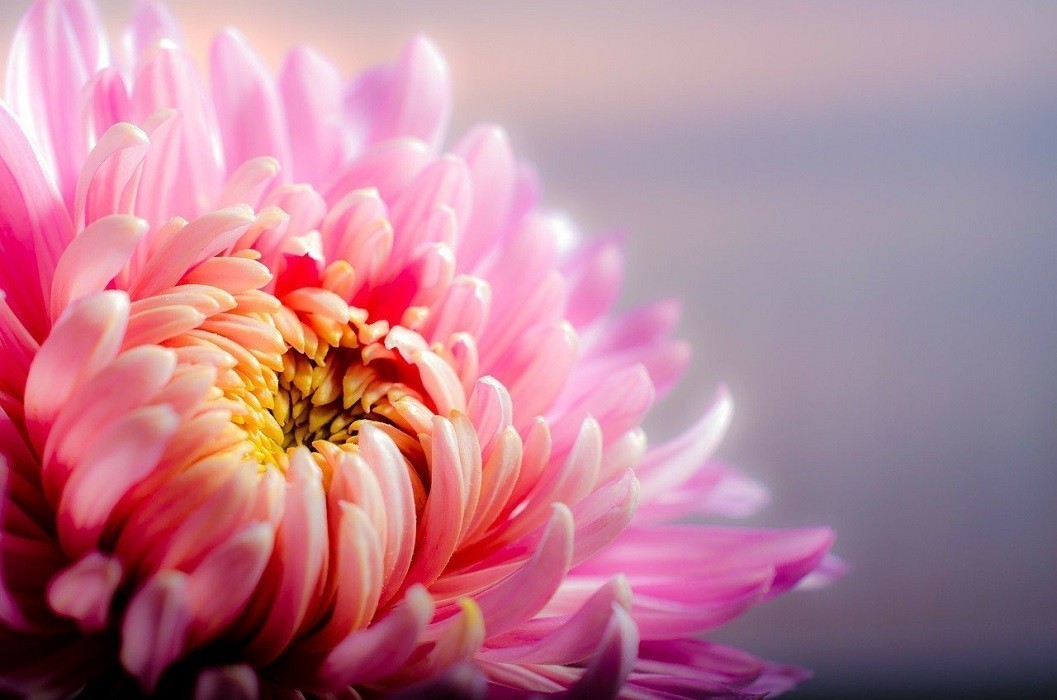No products in the cart.
Panama
Plants that purify the air in our office
Plants that purify air are an excellent alternative that we should consider not only for our home but also for our office. Since, we usually spend an average of 40 hours a week in the office. Therefore, it would not be unreasonable to think that a healthy office environment will also positively influence the well-being of the people we live with.
In a study conducted by NASA and the “Associated Landscape Contractors of America (ALCA)” published on July 1st, 1989, and which was called “Clean Air”. The results suggest that indoor plants can help the natural cleaning of the air in closed spaces, eliminating toxic agents such as benzene, formaldehyde, trichloroethylene and other chemical elements present in the air. Thus helping to reduce the effects of sick building syndrome.
Although the study is already 31 years old, its conclusions are still considered to be the most complete and accurate to date.
What is sick building syndrome?
This syndrome has been defined by the World Health Organization (WHO) as a group of diseases originated or stimulated by air pollution in closed spaces. Specifically, it is a group of diseases caused by poor ventilation, decompensation of temperatures, particles in suspension, poor lighting, gases and vapours of chemical origin and bioaerosols, among other identified causal agents.
The discomforts resulting from it are varied: migraines, nausea, dizziness, persistent colds, irritations of the respiratory tract, skin and eyes, etc. Allergies occupy an important place among these discomforts.
What toxic substances are present in our offices?
In the “Clear air” study, the analysis focused on five substances harmful to humans, which are present both in homes and in work environments. These substances are released from cleaning products and various objects that we commonly use, including everything from rugs to agglomerated furniture. The substances mentioned are:
Trichloroethylene: It is released by printer inks, white correction fluid, paints, lacquers, varnishes, adhesives and strippers.
Formaldehyde: Appears in paper bags, wax paper, cellulose, melamine, particle board, towels and napkins, plywood and synthetic fabrics.
Benzene: Used in the manufacture of plastic, resins, synthetic fibers, rubber, dyes, detergents, pesticides and insecticides. It also appears in tobacco smoke, exhaust smoke from vehicles, glues, paints and wax for furniture.fertilizers.
Xylene: It is used in the leather industry and in the manufacture of paint and rubber. We find it on printed paper, in permanent ink markers, in tobacco smoke and in vehicle exhaust fumes.
Ammonia: It is a component of glass cleaning liquids, soil polishers, aromatic salts and
What harmful effects can these substances have on our health?
The harmful effects associated with these chemicals will depend on several factors, including the amount of product we are exposed to, the way we are exposed, the duration of exposure, and the way the poison is present.
For this reason, short exposures can produce eye, mouth and throat irritations, headaches, dizziness, nausea and vomiting. And in severe cases they can cause heart problems, kidney damage and even cancer. It should be noted that both benzene and formaldehyde belong to group 1 among the substances classified as carcinogenic.

To counteract these effects, one of the options we have is plants. That is why NASA suggests having one plant for every 10 m2 in homes, offices or any closed space. Since in addition to purifying the air, they help us to maintain the interior humidity by emitting water vapours during the transpiration process, while their leaves absorb certain components and produce negative ions (similar to air purifying machines) which bind dust particles, mould spores, allergens and bacteria.
In addition, the microorganisms present in the roots of the plants convert the chemical products into a food source. Which contributes to our general well-being by breathing cleaner air.
What then are the plants that purify the air in our office?
All plants provide well-being, but indoor plants are more effective in air filtration. For this reason, we present below, which according to the “Clean air” study, are the beneficial ones in this regard and which are also easy to grow and require less care.
Chrysanthemum
In addition to being very beautiful and ideal to decorate for its colourful flowers, it is also one of the most beneficial when it comes to purifying the air. It can filter out most of the harmful molecules of Trichloroethylene, formaldehyde, benzene, xylene and ammonia.

They require sunlight, so a good place to put them is by the window. In addition, we must water it when we see the dry land, but not the foliage, to prevent it from getting sick.
Spatiphyllum
It is a plant with beautiful white and green flowers that provides style and elegance, making it very decorative. And just like chrysanthemum, it can filter trichlorobenzene, formaldehyde, benzene, xylene and ammonia. It also helps the air to be free of unhealthy molecules.
It needs little light, so we should not place it in the sun directly so that it does not burn. In summer it is advisable to water twice a week. While the rest of the year will be watered once a week or every ten days. Likewise, dust must be removed from the leaves with a damp cloth.
Dracena Marginata
It is characterized by having fine, elongated and small, but beautiful leaves. Depending on the variety, they can have different colours, although they are usually olive green with reddish tones on the edges. Not only is it an ornamental plant, but it can also purify the air of harmful particles and filter the molecules of trichlorobenzene, formaldehyde, benzene, xylene, except ammonia.
It is a slow growing plant but will require space, because it can exceed 4 meters in height. It is watered once a week, although if the pot is wet it should not be watered. It also does not require direct sunlight.
Sansevieria
It is an ornamental succulent plant, with thick, curved leaves, green in colour with markings emerging from a rhizome. It is a very common and resistant plant that requires little care, since it only requires abundant light and is watered when the land is dry. Sansevieria can remove toxins such as trichlorobenzene, formaldehyde, benzene, and xylene from the air we breathe.
Sansevieria can remove toxins such as trichlorobenzene, formaldehyde, benzene, and xylene from the air we breathe.
Common ivy
Although this plant is known as an invasive plant, capable of sticking to walls and covering a large expanse of walls. Indoors, ivy is not invasive. So we can place it in hanging pots. It is a great ally against the toxins that float in the air. It is also capable of filtering trichlorobenzene, formaldehyde, benzene and xylene molecules.
They do not need a lot of water, so we will water every other day in summer and once a day in winter. They can be placed in exposures in full sun or semi-shade, being ideal for shady places.
As you can see these are only 5 of the plants recommended by NASA, as the list also includes: dwarf palm, curly fern, aglaonema, ficus Benjamin, poto, bamboo palm, broadleaf ficus, liriope muscari, Chinese palm, African daisy and trunk of Brazil.
So, especially if we share the office with more people, the presence of these plants will turn the work environment into a healthy and full of life place. Since, in addition to helping to keep the environment clean, the plants will provide humidity. It only remains for us to combine different types of plants to give a perfect touch to the space.


 Español
Español